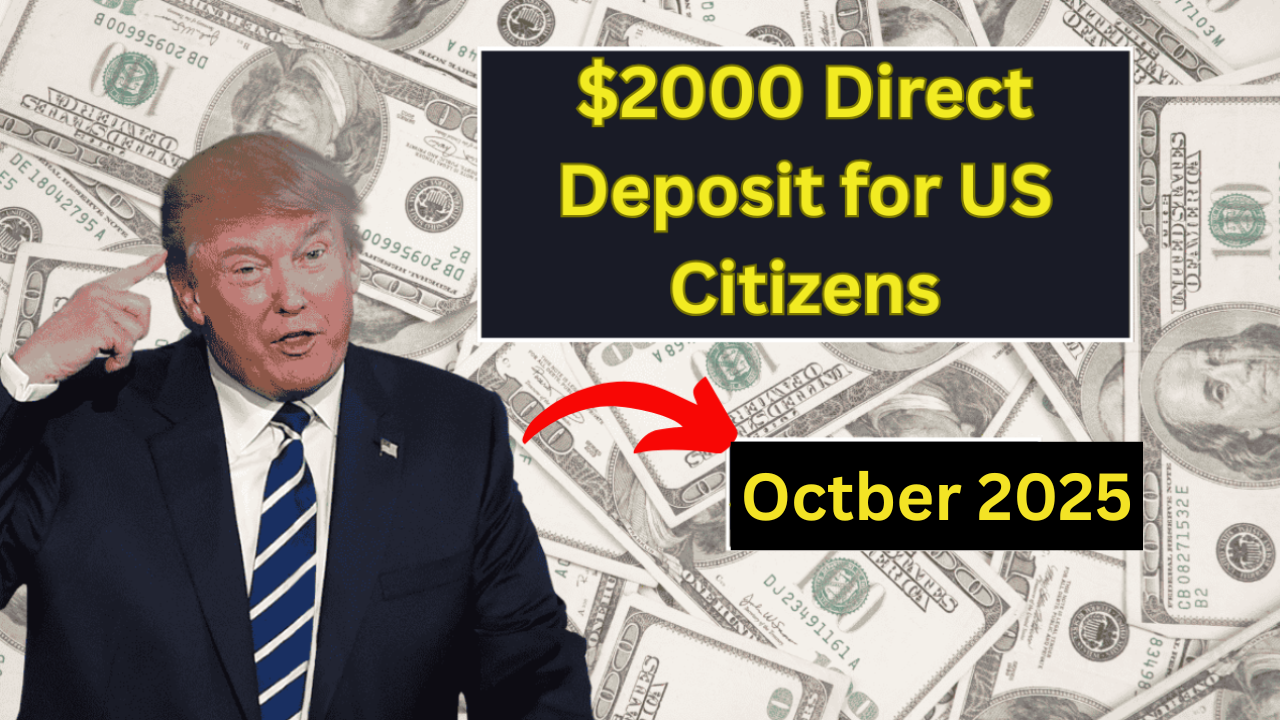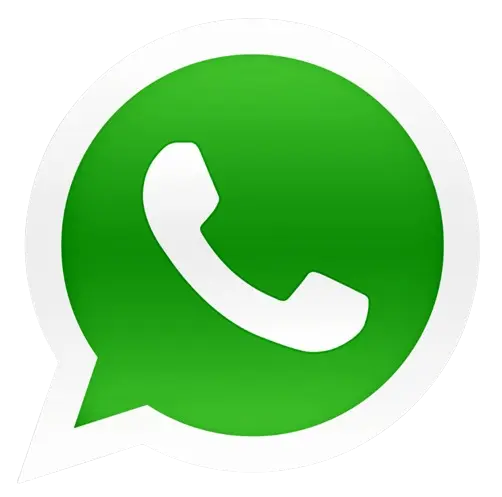$2,000 Direct Deposit:There’s finally some good news for millions of Americans struggling with rising costs—the IRS has announced it will distribute $2,000 direct deposits to eligible Americans in October 2025.
With the prices of groceries, rent, and utilities constantly rising, this new relief payment is designed to help working families, retirees, and low-income individuals cope with ongoing inflation. The government hopes this direct deposit will stimulate local economies and provide financial support.
Let’s understand what this payment means, who is eligible, and how you can ensure you receive your $2,000 easily and on time.
What is a $2,000 Direct Deposit?
The $2,000 direct deposit is part of a federal relief initiative developed to ease the persistent economic pressure on American families. It is not a loan—it is a one-time, tax-free payment that eligible beneficiaries will receive automatically.
According to IRS officials, this program is designed to provide citizens with quick access to funds through direct deposit or paper check. The funds are intended to help individuals and families meet essential needs like rent, groceries, healthcare, and other bills.
The government emphasized that no application is required, and payments will be processed based on existing IRS records and federal benefit databases.
Who is eligible for The $2,000 Payment?
Eligibility is based primarily on income, tax filing status, and citizenship. If you’ve received stimulus checks before, you’re likely eligible again—provided your income still meets the guidelines.
The eligibility requirements are detailed below:
-
Income Limits
-
Single filers: Income must be $75,000 or less.
-
Heads of household: Income must be $112,500 or less.
-
Married couples filing jointly: Combined income must be $150,000 or less.
For those earning above these limits, payments will be reduced gradually and phased out completely beyond a certain threshold.
-
-
Citizenship Status
Only U.S. citizens and lawful permanent residents with valid Social Security numbers are eligible to receive the payment. -
Tax Filing Requirement
You must have filed your 2023 or 2024 tax return. The IRS will use this data to confirm your eligibility and deposit method. -
Federal Benefit Recipients
If you receive Social Security (SSI, SSDI), Veterans Affairs (VA), or Railroad Retirement benefits, you do not need to file a tax return to receive your payment — the IRS will send it automatically based on benefit records. -
Non-Filers
Individuals who don’t normally file taxes can register through the IRS Non-Filer Portal, which is expected to reopen ahead of the payment distribution.
When will Payments Be Sent?
The IRS plans to begin sending payments in October 2025, according to a phased schedule. Direct deposits will be sent first, while paper checks may arrive at the end of the month or early November.
The expected timelines are as follows:
- October 8, 2025: Payments for Social Security and Small Business (SSI) recipients (dates of birth 1-10).
- October 15, 2025: Second batch for recipients born between the ages of 11-20.
- October 22, 2025: Third batch for recipients born between the ages of 21-31.
- October 29, 2025: Final payment for general taxpayers and non-benefit recipients.
Recipients who do not have direct deposit details on file will receive a paper check or debit card by mail, typically within 7-14 days after the deposit batches.
How to Check Your Payment Status
To ensure you receive your payment without delay, you can track your status through the IRS’s “Get My Payment” tool, which will be back in service before October.
You can now:
- Verify your banking information: Make sure your direct deposit details are up to date with the IRS.
- Update your mailing address: If you recently moved, file a change of address through the IRS website or USPS.
- File your 2024 taxes: The IRS relies on your most recent tax return to determine eligibility and send your payment.
Avoid scams and delays
Unfortunately, relief announcements often attract fraudsters. Remember:
- The IRS will never call, text, or email you about payment details.
- Do not click on links in messages claiming to confirm your eligibility.
- For official information, only visit IRS.gov.
To ensure you receive your payment safely, it is essential to protect your financial information.
Why the $2,000 Payment Matters
For many Americans, this payment couldn’t come at a better time. Families are using up their savings faster than ever, and the cost of living is consistently outpacing wage growth.
For retirees and individuals on fixed incomes, $2,000 could mean the difference between paying bills, paying for medications, or paying utility bills this winter. Economists also suggest that this payment could inject billions of dollars into local economies, boosting small businesses and community spending.
FAQs
1. Do I need to apply for the $2,000 payment?
No. The IRS will automatically issue payments to all eligible citizens based on tax and benefit records.
2. Is the payment taxable?
No. The $2,000 payment is completely tax-free and will not affect your refund or future tax filings.
3. When will payments start arriving?
Direct deposits begin October 8, 2025, with paper checks following later in the month.
4. Can I track my payment?
Yes. You can use the “Get My Payment” tool on the IRS website once it reopens.
5. What if I didn’t file taxes recently?
You can still receive the payment by registering through the IRS Non-Filer Portal when it becomes available.
Final Words
The $2,000 direct deposit coming in October 2025 is much-needed relief for millions of Americans. Whether it’s helping you pay essential bills or simply easing a financial crunch, this payment provides hope and stability during difficult times.
Make sure your tax and banking information is up-to-date, beware of scams, and check the IRS website for official updates. For many, this payment could make a big difference at the end of the year.

